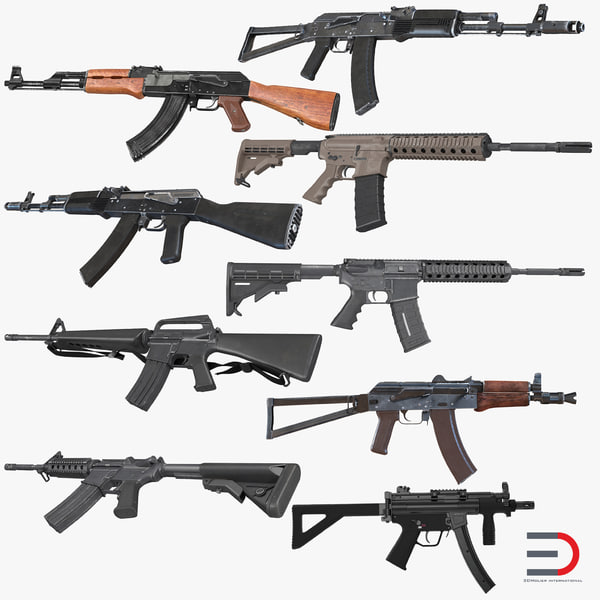I love how in the first video he literally talks about how much more refined modern gunpowder is, how the ancient refining process depended on the amount of time people were willing to work the grinder, and how travel distances could change the quality of the powder. And then he gets...
414m/s on the ball. Which is what I've previously referenced. That's a granulated form of 1 and 1/2 F gunpowder. Which is -similar- to the stuff that would've been used in early Renaissance firearms. Though it probably wouldn't have been wet-ground or formed into grains. Instead it would've been a loose powder that can separate. So it should be noted that would represent a good mix that hasn't traveled over long distances, causing it to separate out.
At about 9 minutes and 35 seconds you can see the wound channel and the nearby disrupted tissues.
The red line is the wound channel. It's the hole that the bullet left behind. The yellow area is damaged tissue that isn't specifically penetrated. Things like muscles and flesh being stretched or warped by the force of the bullet without being directly hit or directly punctured. Nervous tissue in the affected area is likely screaming in pain, and organs will probably have some damage or deformation without perforation. (Barring bullet-breakage, of course)
And the result... a fairly narrow but very long wound channel. Which is great if your target's vital organs or major arteries are in the line of that wound channel. Or very close to it. The tissue damage area around it maxes out at a little under 3 inches from top to bottom.
Meanwhile the slower moving, heavier, cuboid shaped tumbling hunk of lead dealt WAY more damage, even though it was going slower. Creating a much wider wound channel than you might otherwise get. Largely because of the tumbling. Though I'm honestly kind of surprised by how swiftly the secondary tissue damage falls off in relation to the larger wound channel. I guess it's lost enough kinetic energy by the 38cm mark to have much less impact on connected tissue?
Clearly, the lead cuboid is a much more deadly piece of ammunition, because not only is the primary wound channel wider than the lead ball, the secondary tissue damage areas are also wider, and longer, than the ball's. The tissue damage area hits around 3.5 inches but it retains it's larger footprint for further than the ball does.
All in all, a very impressive test with appropriate contextual information! I like it!
In the second video, Skallagrim uses more than double the powder charge of a 2F powder. The corning of a 2F powder is up to about double the corning of a 1 and a half F powder. Meaning it burns up to twice as fast and produces a faster blast. So he's doubled not only the burn rate of the explosion behind the ball from the first test, but -also- the quantity of fuel.
And the helmet was -still- able to deflect an oblique shot. Which is what any curved metal armor surface is meant to do. And then firing at as close to a flat angle as he could manage with a helmet... it still deflects! The helmet is drastically warped, and another shot to the same area from a slightly different trajectory is liable to punch right through.
So, again, a massive increase in the explosive powder used to propel the bullet and the result is a deflected shot. Though I'd also argue that that post-1900 helmet likely has a -much- better overall quality of steel than something used during the middle ages or Renaissance. I am still surprised it held up that well!
The third video refers to grain counts of "Fine Black Powder". No further explanation on the powder is given which is... meh. He's also firing from 1 foot away, where each of the other tests simulated longer distant shots. The whole video is just giving examples of penetration. Which is nice? But I'd have loved to see the blocks taken apart with charts like in the first video.
And the last video refers to "30 grains of Black Powder" as the only reference on the explosive involved... poo. And then he reveals that the revolver is Rifled. Which, I mean, should've been obvious as soon as he said "1898" but like a sucker I wasn't paying enough attention to the date.
Very interesting and informative! Thank you,
@PsyzhranV2!




